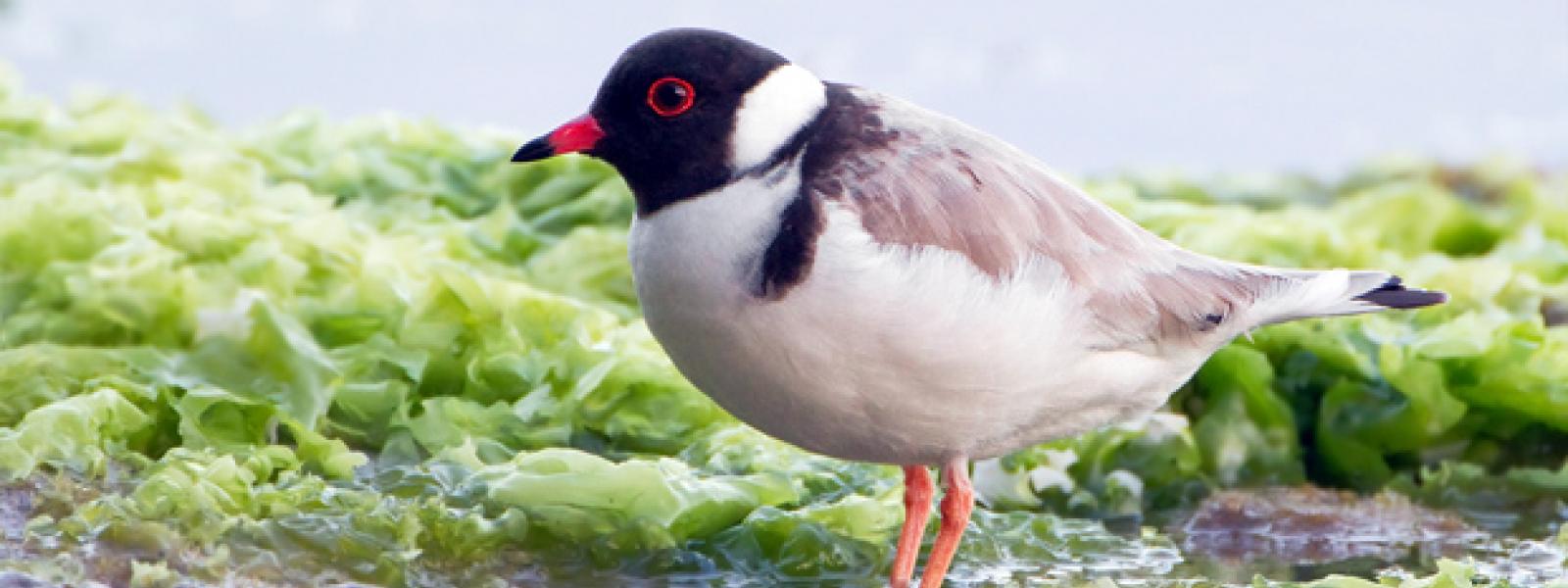Saving the hooded plovers along the Mornington Peninsula

Introduction
Victoria is home to a pint-sized native bird that is both distinct and charismatic, but its accessibility has made it worryingly vulnerable. The hooded plover (Thinornis rubricollis) is currently listed as ‘vulnerable’ under the Environment Protection and Biodiversity Act 1999 and ‘threatened’ under the Flora and Fauna Guarantee Act 1988.
Many of these birds make their homes along Port Phillip Bay’s ocean beaches, which has spurned a group of locals to form, Friends of the Hooded Plover, to raise community awareness and take action.
Description
The Mornington Peninsula National Park is the closest ocean beach to Melbourne. Its golden sandy dunes provide ideal habitat for up to 15 per cent of the state’s population of hooded plover.
The hooded plovers attract locals and bird watchers alike, but the increased flow of beachgoers has damaged the birds’ habitat. Hooded plovers live their entire life on ocean beaches that are backed by sand dunes where the birds lay their eggs directly on the sand in a nest that sits camouflaged, either above the high tide mark or in the dunes. Many of these nests succumb to human traffic.
Discussion
The Friends of the Hooded Plover established a successful conservation program to educate the community about human threats to coasts, while also fundraising to help the bird. The Friends group sought to:
- install permanent fencing along the carparks that lead on to the beach. The fencing reduces erosion impacts, reduces risks to the eggs and chicks, and directs beachgoers along formalised paths so they don’t form tracks through the dunes
- repair permanent fencing that protects critical hooded plover habitat (and will consequently improve breeding success of hooded plovers), and
- protect other wildlife habitat, native flora and fragile dune systems, to preserve the overall environmental health of the area.
Conclusion
Outcomes are difficult to gauge in the short term, and this threatened species will need management for a while yet. Friends of the Hooded Plover are pleased the fencing put in place is protecting other endangered species such as the sooty oyster catcher, red-capped plover, long-nosed bandicoot. white-footed dunnart, water rat, dusky antechinus, and the blue-tongued lizard.